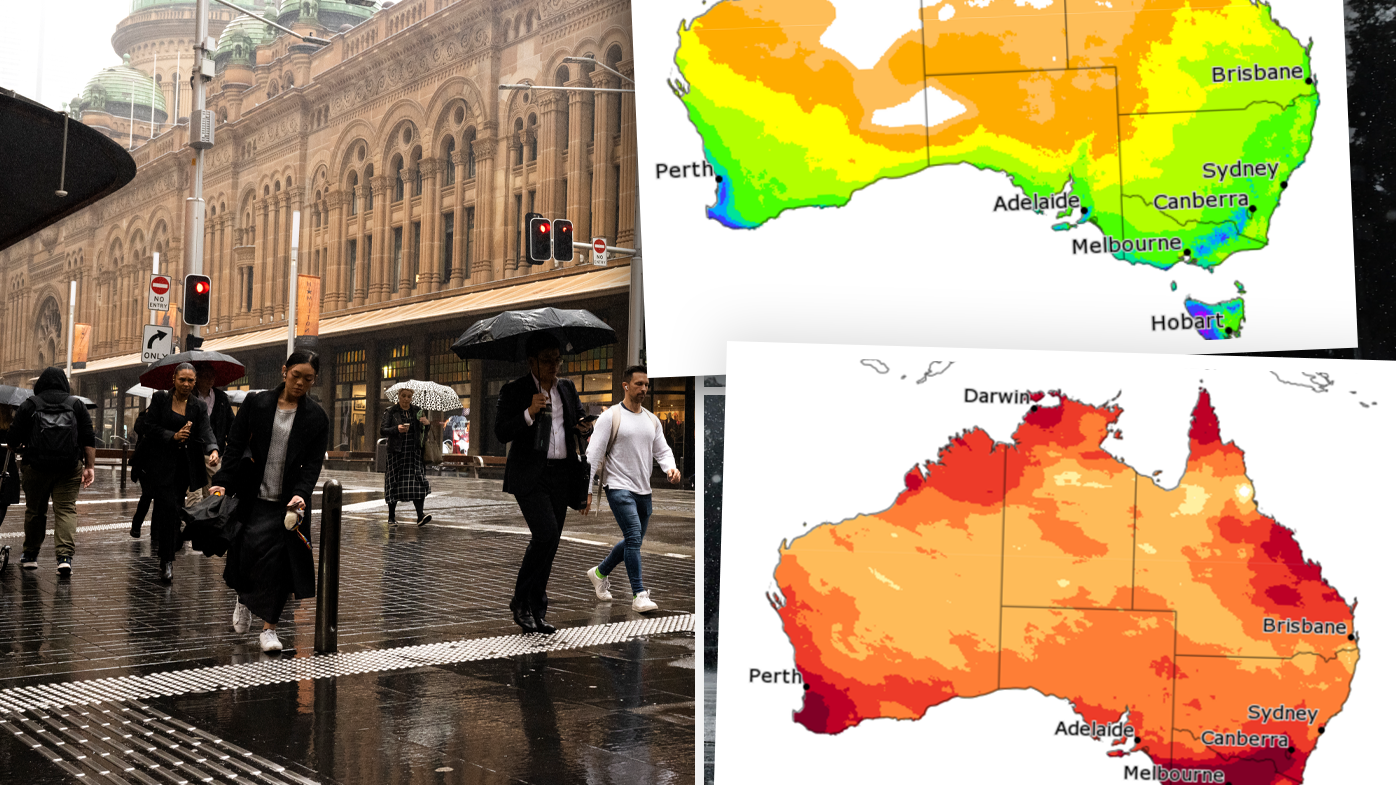
Winter is fast approaching, but Australians have barely had to reach for their woolly warms this year due to unusually hot temperatures throughout autumn. So will the next three months change anything?
Winter is fast approaching, but Australians have barely had to reach for their woolly warmers this year due to unusually hot weather throughout autumn.
The country sweated through its hottest March on record, while April temperatures were a degree above the long-term average.
So is winter going to offer any reprieve, and what should you expect in terms of rainfall and snowfall? This is what you need to know.
READ MORE: Experts backing interest rate cut next week, with more on way
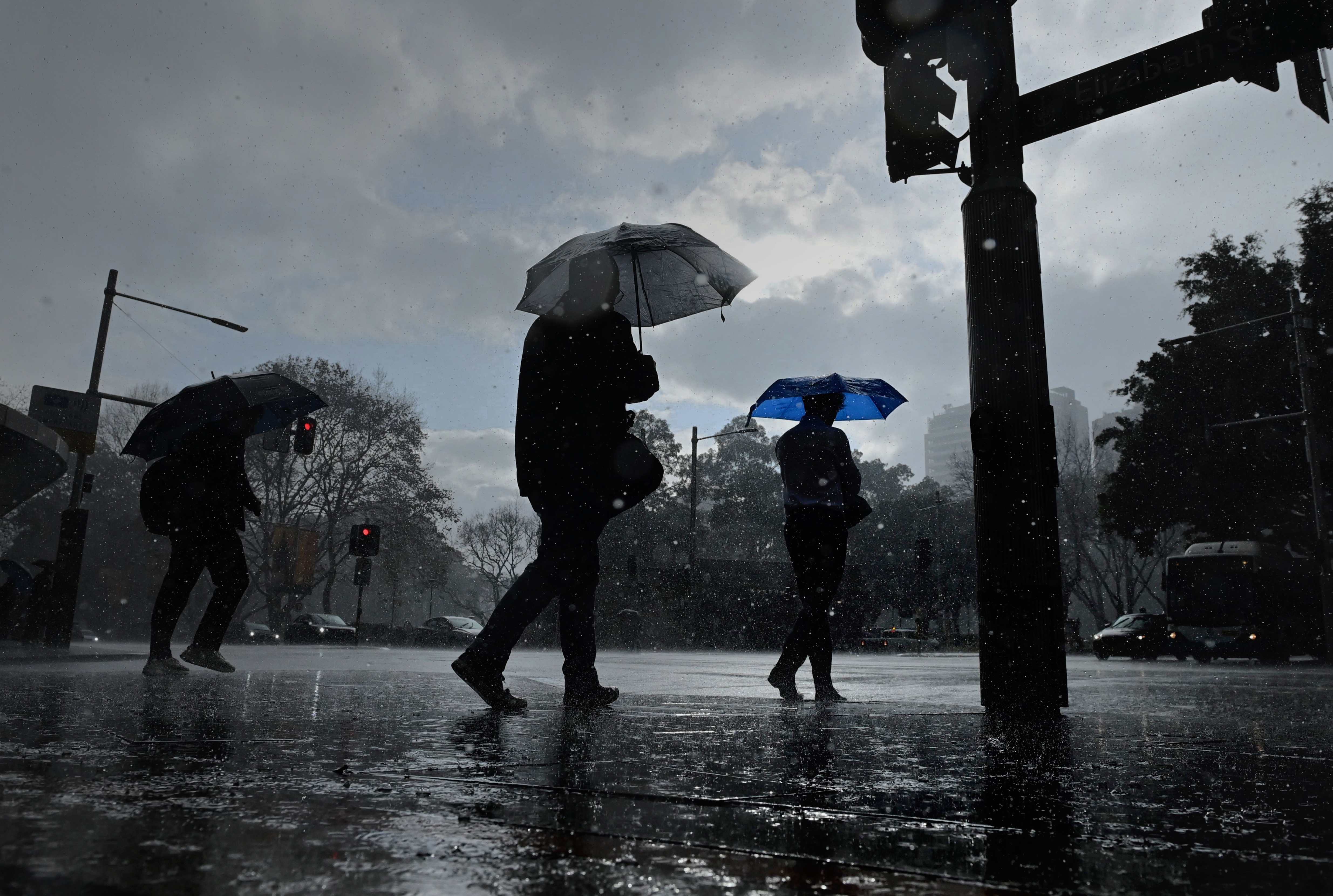
Temperature
According to the Bureau of Meteorology's latest long-range forecast, released on May 15, the warmer-than-usual weather is here to stay for winter.
Large parts of the country, including Sydney, Perth and south-west Western Australia, and Melbourne and much of Victoria, have more than a 50 per cent chance of recording unusually high maximum temperatures from June to August.
Even more of the country has a high chance of unusually warm minimum temperatures throughout winter.
"Although we are entering the cooler months, June to August daytime temperatures are likely to be above average across Australia," the BoM said.
"There's an increased chance of unusually warm days, particularly in the south.
"Overnight temperatures are also very likely to be warmer than average from June to August.
"There's an increased chance of unusually warm nights, especially across parts of the west, south and east."
EXPLAINED: Why are there so many banknotes, when hardly any of us are using cash?
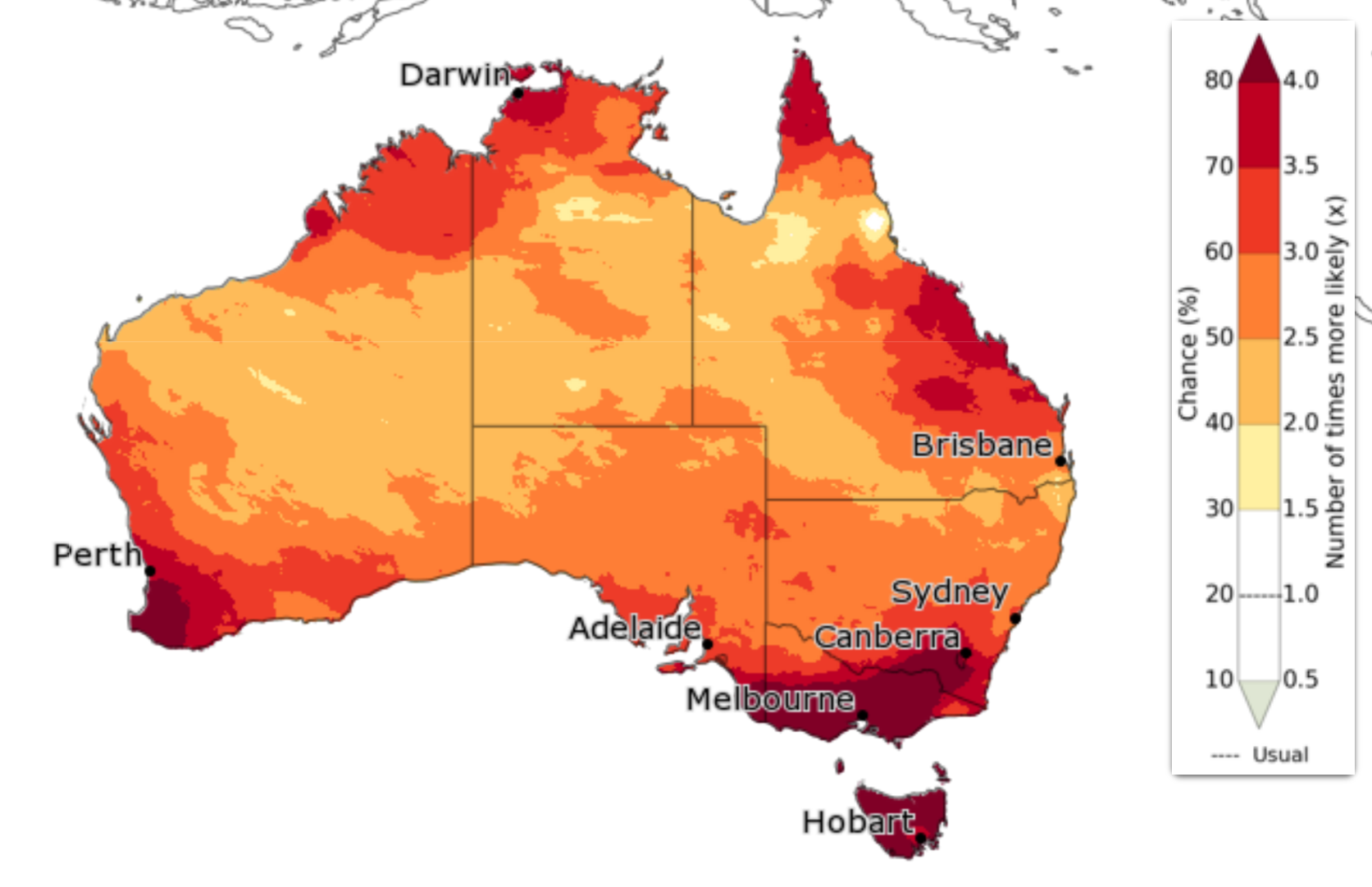
Rainfall
While just about the entire country is set for an unusually warm winter, the rainfall forecast isn't as uniform.
"Above-average rainfall is likely (60 to 80 per cent chance) for much of inland Australia and some southern parts," the BoM says.
"Rainfall is expected to be within the typical range for June to August for western WA, much of Victoria, parts of the east coast and across the far tropical north."
What constitutes above-average rainfall differs from region to region. Western Tasmania is forecast to be the wettest part of the country for winter, followed by south-west Western Australia.
Parts of Sydney, Melbourne and Brisbane all have a 75 per cent chance of receiving between 100-200mm from June to August.
READ MORE: Experts answer how severe this flu season will be

Snow
Unlike temperature and rainfall, the BoM doesn't produce long-range forecasts for snow because of Australia's "notoriously fickle" snow season.
There are some weather systems that influence snowfall, though.
A negative Southern Annular Mode (SAM) is associated with better snow seasons. As of May 14, it was sitting in positive territory and the BoM expects it to remain there for much of the month, but longer-range forecasts for it are not possible.
A negative Indian Ocean Dipole (IOD) is also linked to higher snowfall. Unfortunately for skiiers and snowboarders, that doesn't look likely this year.
"Despite recent positive IOD index values, the Bureau's model predicts an overall neutral state of the IOD until at least August," the BoM's latest update on May 6 stated.
READ MORE: 'Prove I didn't steal it': Confusion over Aussie supermarket's receipt request
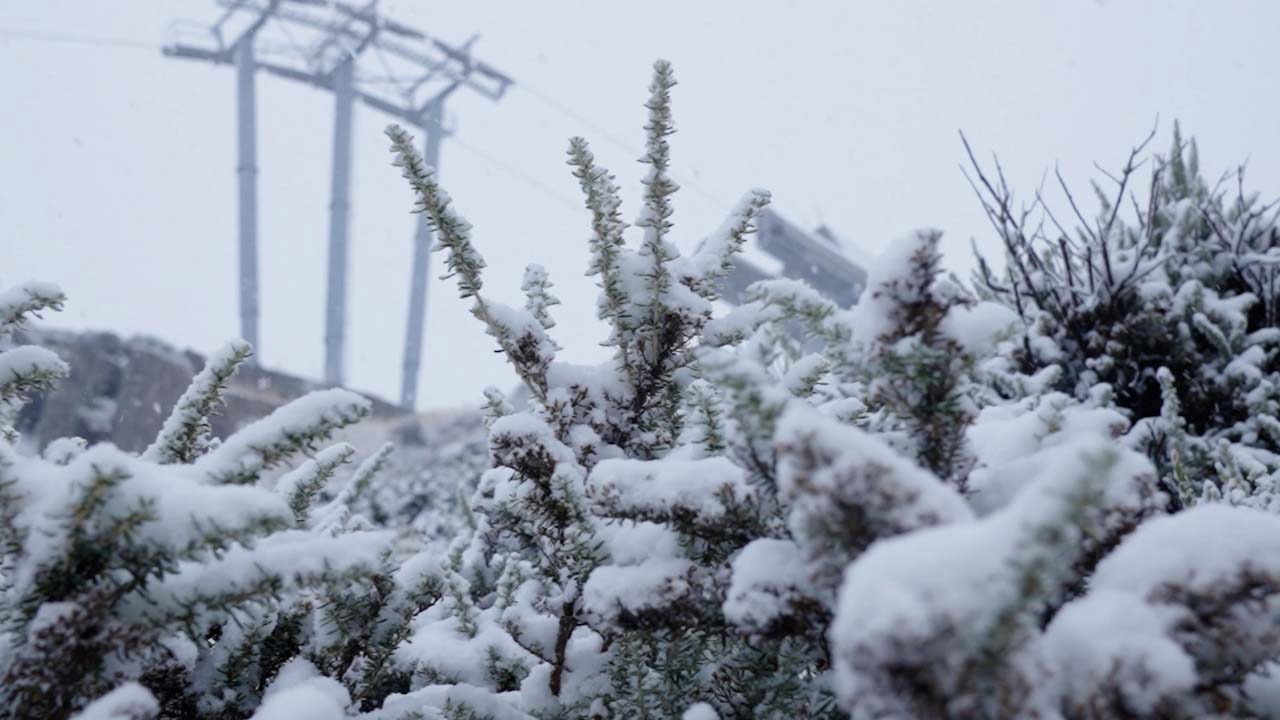
"This is consistent with a range of international models that are also predicting neutral IOD for at least the next two months.
"Skill for IOD forecasts made at this time of the year has historically been low for forecasts beyond a month ahead."
Then there's the El Nino-Southern Oscillation (ENSO), where a neutral reading (that is, neither an El Nino or La Nina system) is generally considered best news for big dumps of snow.
"The Bureau's model predicts neutral ENSO until at least September," the BoM says.
"This is consistent with forecasts from a range of international models. However, skill for ENSO forecasts made at this time of the year has historically been low beyond winter."
In short, if you want to know whether it's going to snow when you head to the slopes, it's best to check the Bureau's alpine weather forecasts, which show the seven-day outlooks for Australia's snowy regions.
DOWNLOAD THE 9NEWS APP: Stay across all the latest in breaking news, sport, politics and the weather via our news app and get notifications sent straight to your smartphone. Available on the Apple App Store and Google Play.
 One dead in 'intention' explosion outside US fertility clinic
One dead in 'intention' explosion outside US fertility clinic
 'Her eyes lit up': Sussan Ley describes last moments with her mum
'Her eyes lit up': Sussan Ley describes last moments with her mum
 'Eat the tariffs': Trump's warning to retail giant
'Eat the tariffs': Trump's warning to retail giant
 Boy's calls to dad's phone just to hear his voice after fatal crash
Boy's calls to dad's phone just to hear his voice after fatal crash
 Woman allegedly killed by her husband and his brother
Woman allegedly killed by her husband and his brother
 Russian drone strike in Ukraine kills 9 people, officials say
Russian drone strike in Ukraine kills 9 people, officials say
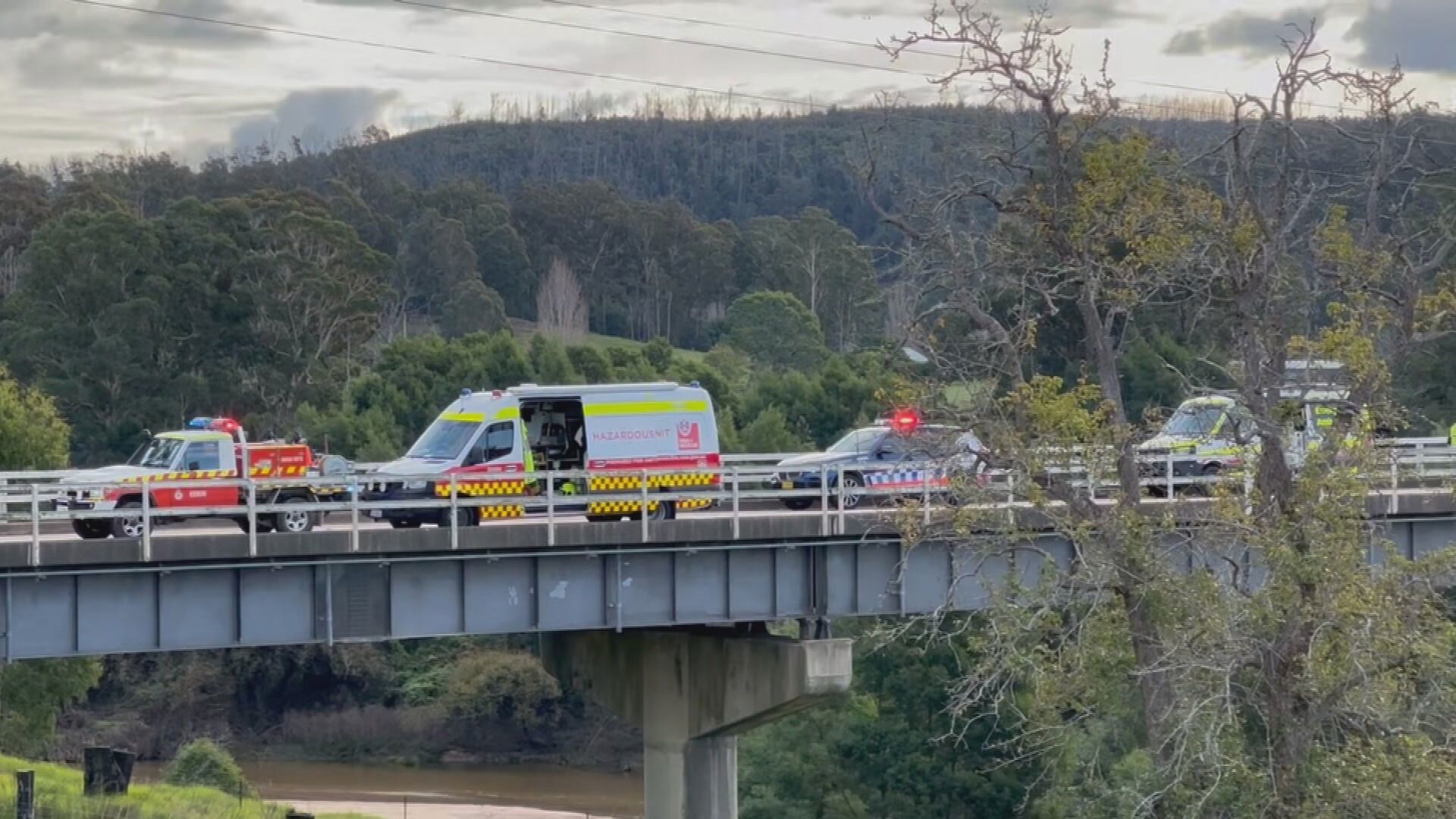 Two people killed in horror NSW highway crash
Two people killed in horror NSW highway crash
 Man arrested after climbing cruise ship's moorings in Sydney Harbour
Man arrested after climbing cruise ship's moorings in Sydney Harbour
 'To easy lol': Ten inmates escape from US jail through hole in cell wall
'To easy lol': Ten inmates escape from US jail through hole in cell wall
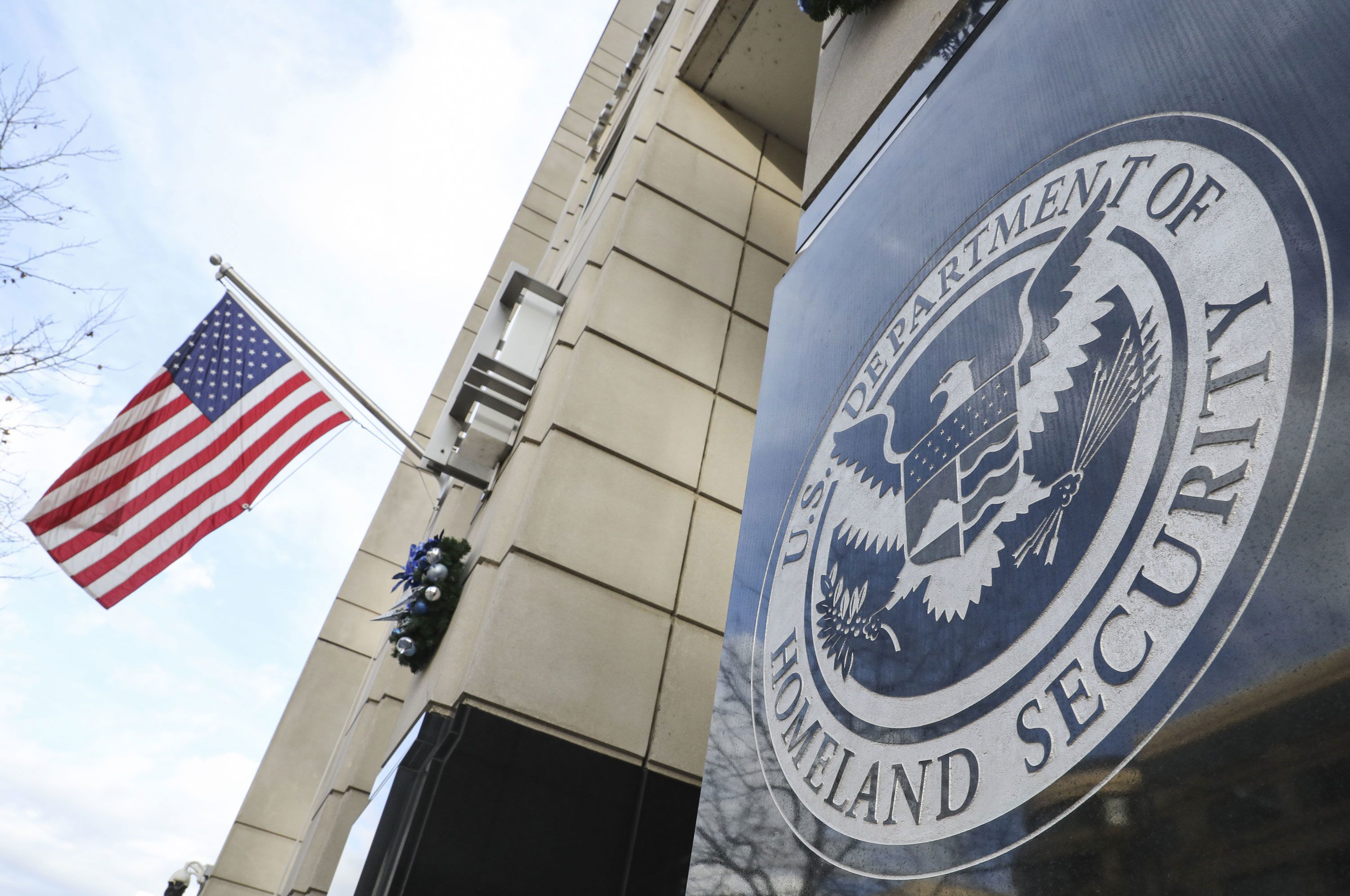 US Department vets TV show where immigrants would compete for citizenship
US Department vets TV show where immigrants would compete for citizenship
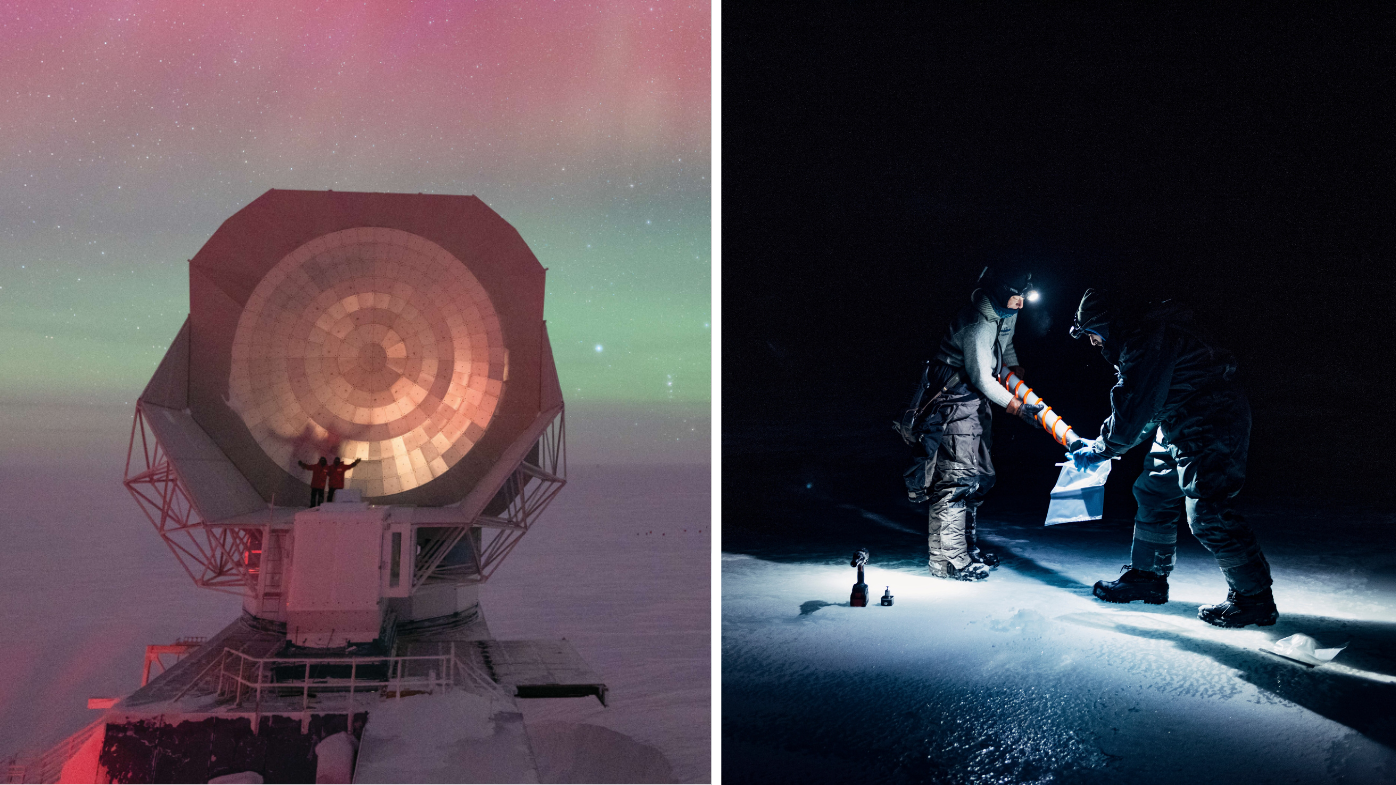 Stunning photography shows what working as a scientist can look like
Stunning photography shows what working as a scientist can look like
 Rare flooding event creates striking oasis in the outback
Rare flooding event creates striking oasis in the outback
 Push for three million workers to get a pay rise above inflation
Push for three million workers to get a pay rise above inflation
 'Prove I didn't steal it': Confusion over Aussie supermarket's receipt request
'Prove I didn't steal it': Confusion over Aussie supermarket's receipt request
 All ten people who buried time capsule in 1985 found, Telstra says
All ten people who buried time capsule in 1985 found, Telstra says






